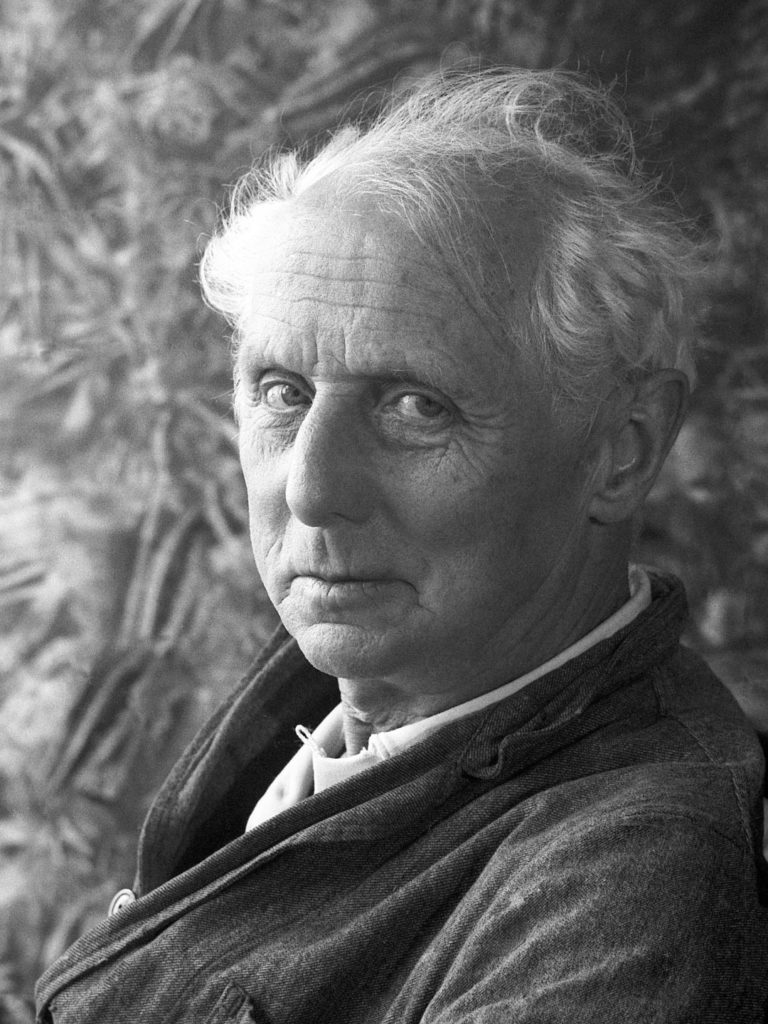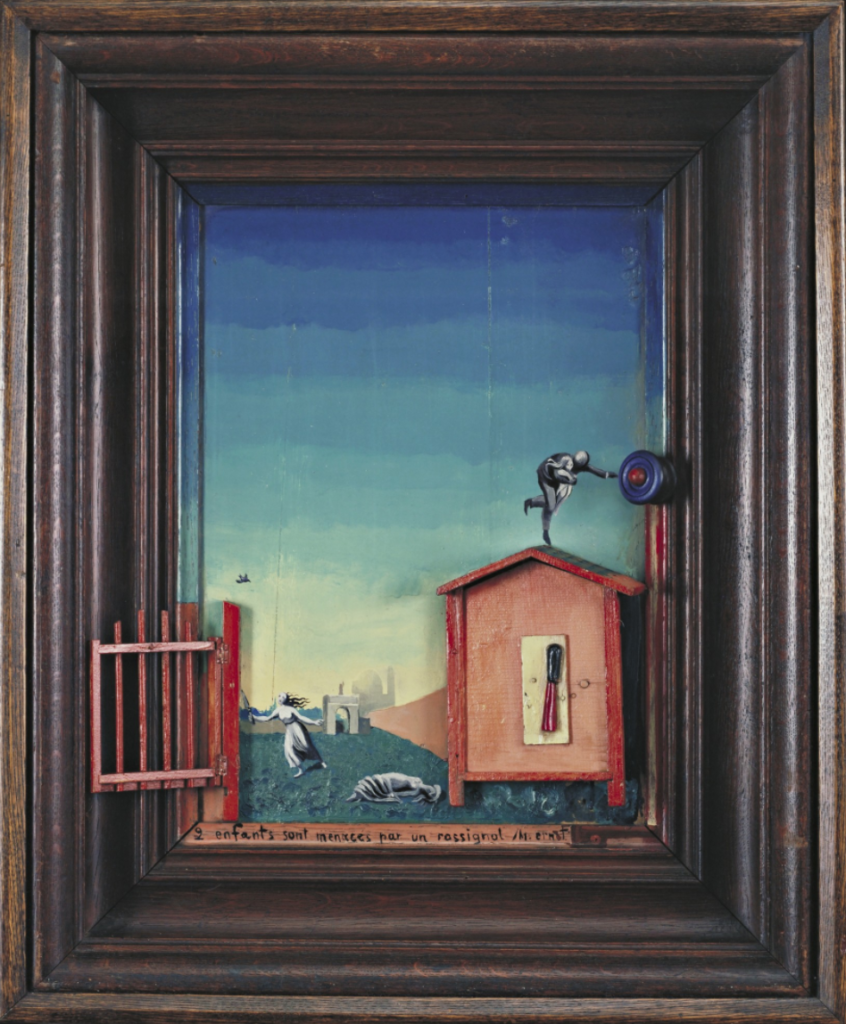
Max Ernst, circa 1960. (Photo by Getty Images) 
Photo Credit: © 2020 Artists Rights Society (ARS), New York / ADAGP, Paris
Primary pioneer of Dada and Surrealist movements. Raised in a devout Catholic family, his parents were disciplinarians however his deaf father introduced him to, and taught him, painting. He first studied philosophy before further developing other interests, specifically, psychology and painting. Throughout the next few years he was exhibited throughout Germany and introduced to the work of Paul Cézanne, Edvard Munch, Pablo Picasso, and Vincent Van Gogh.
Even during his mandatory time fighting in World War I, he continued to paint and exhibit his work in Berlin. After this, he began his work on building the Dada movement first, in Cologne, then Surrealism in Paris. During his life he was married to four different women, including Peggy Guggenheim who helped Ernst establish relationships with the Abstract Expressionists, and Dorothea Tanning who was also an important Surrealist painter.
In his work, Ernst’s use of color is phenomenal. He used full ranges of shades throughout his career to express his every emotion. The subject matter and imagery of his paintings were highly influenced by his critical perspective on Western culture (fueled by his trauma from WWI) and his rejection of society and rational mind (influenced by Sigmund Freud’s work at the time, also the basis of Surrealism).
Though Ernst was influential within multiple genres, his main work was in Dada and building the golden age of surrealism alongside Salvador Dali, Rene Magritte, and Joan Miró.
